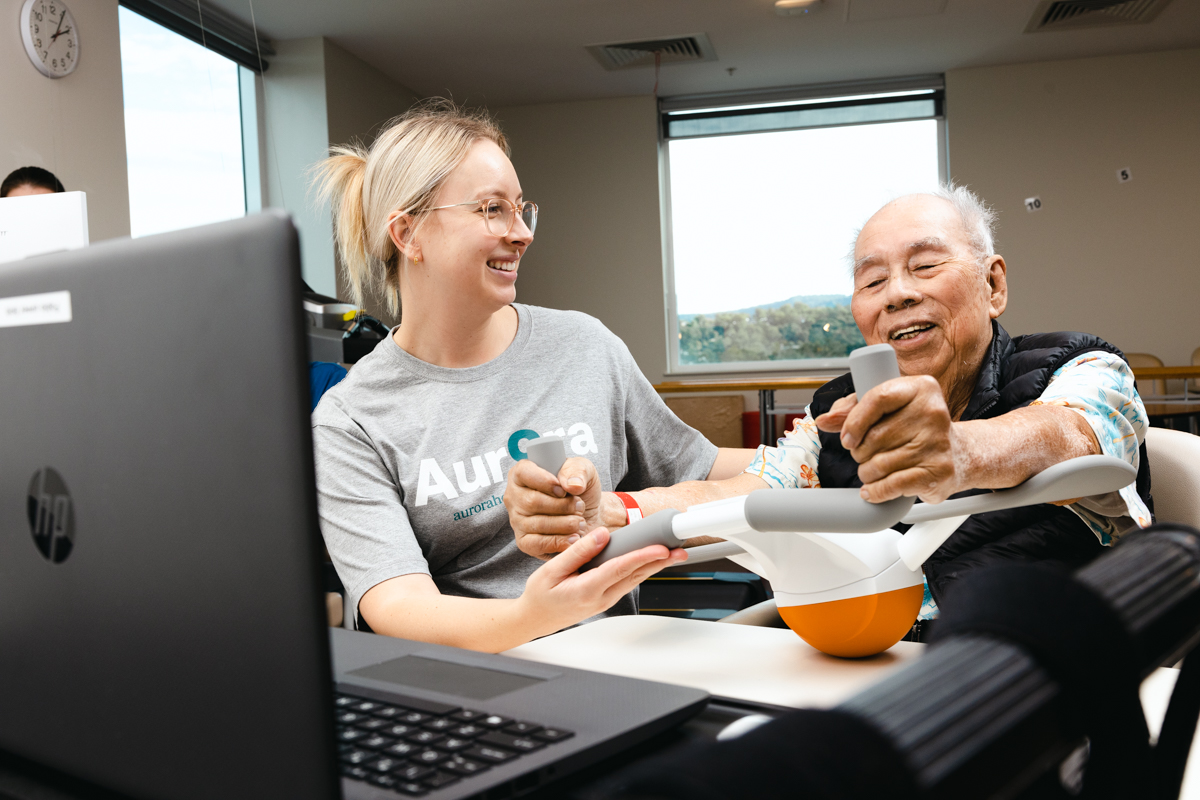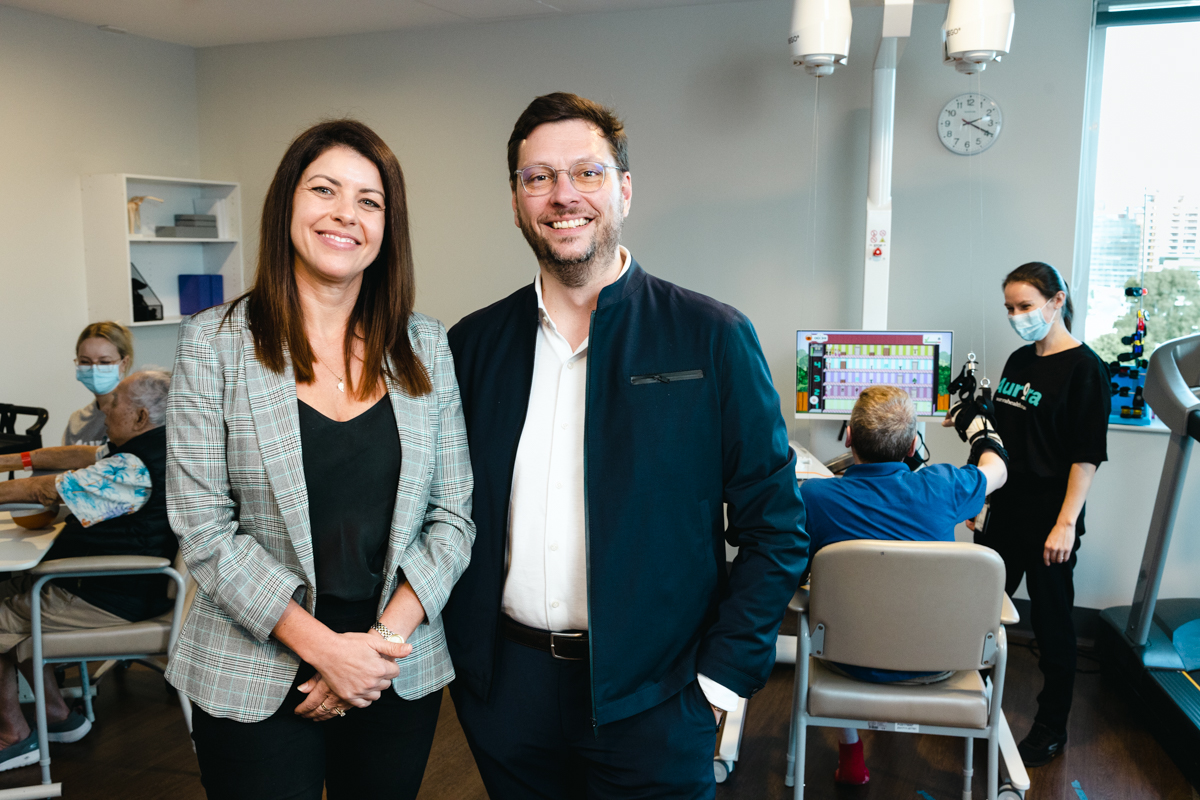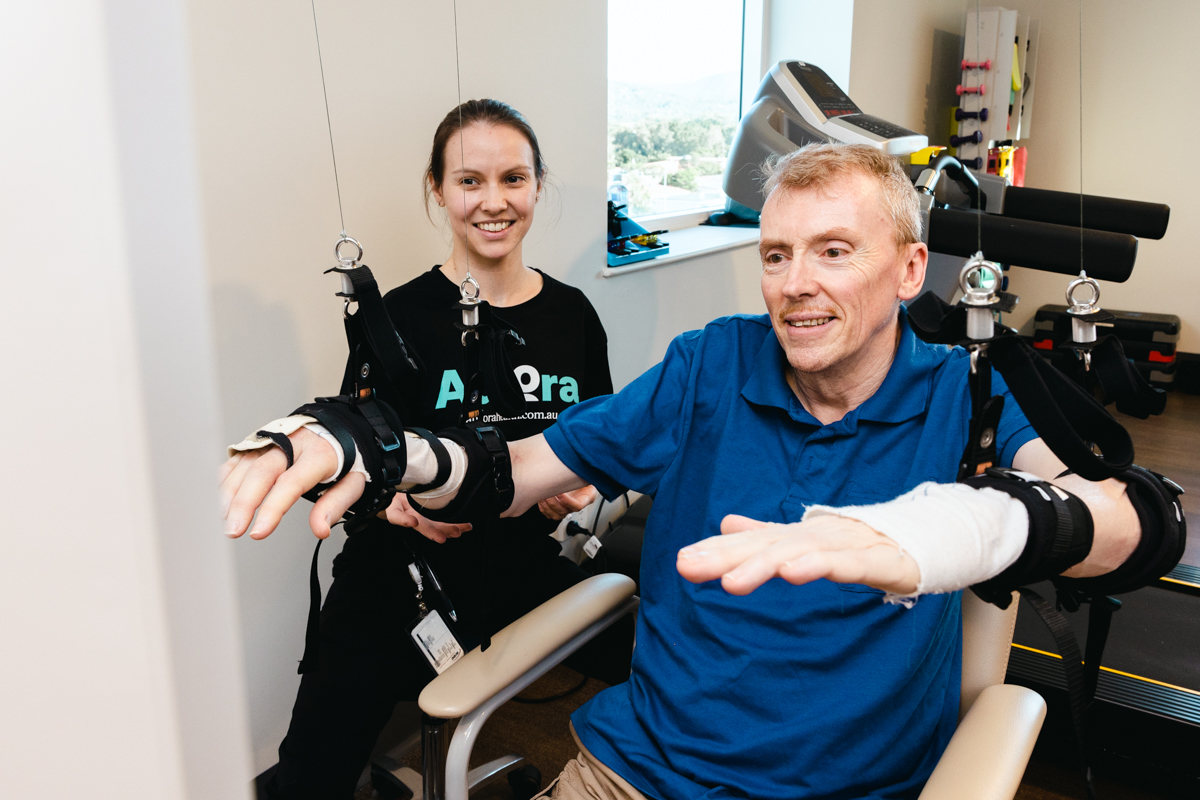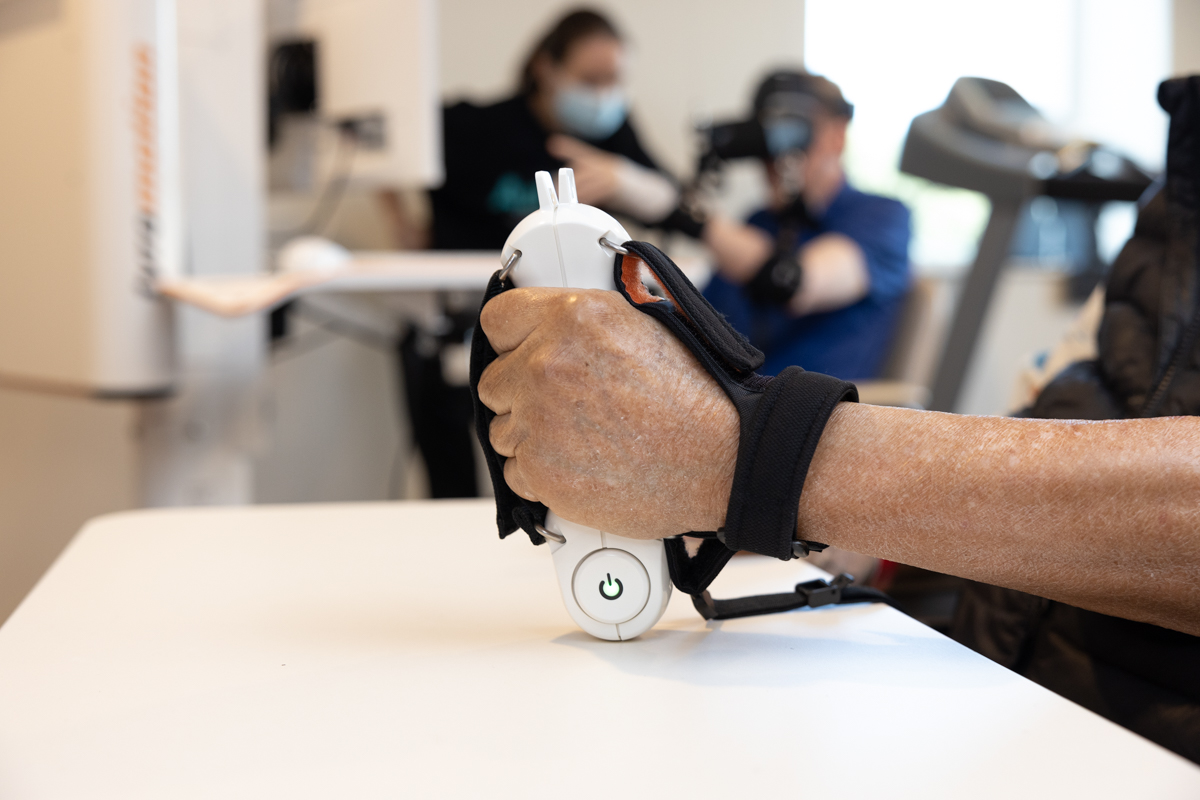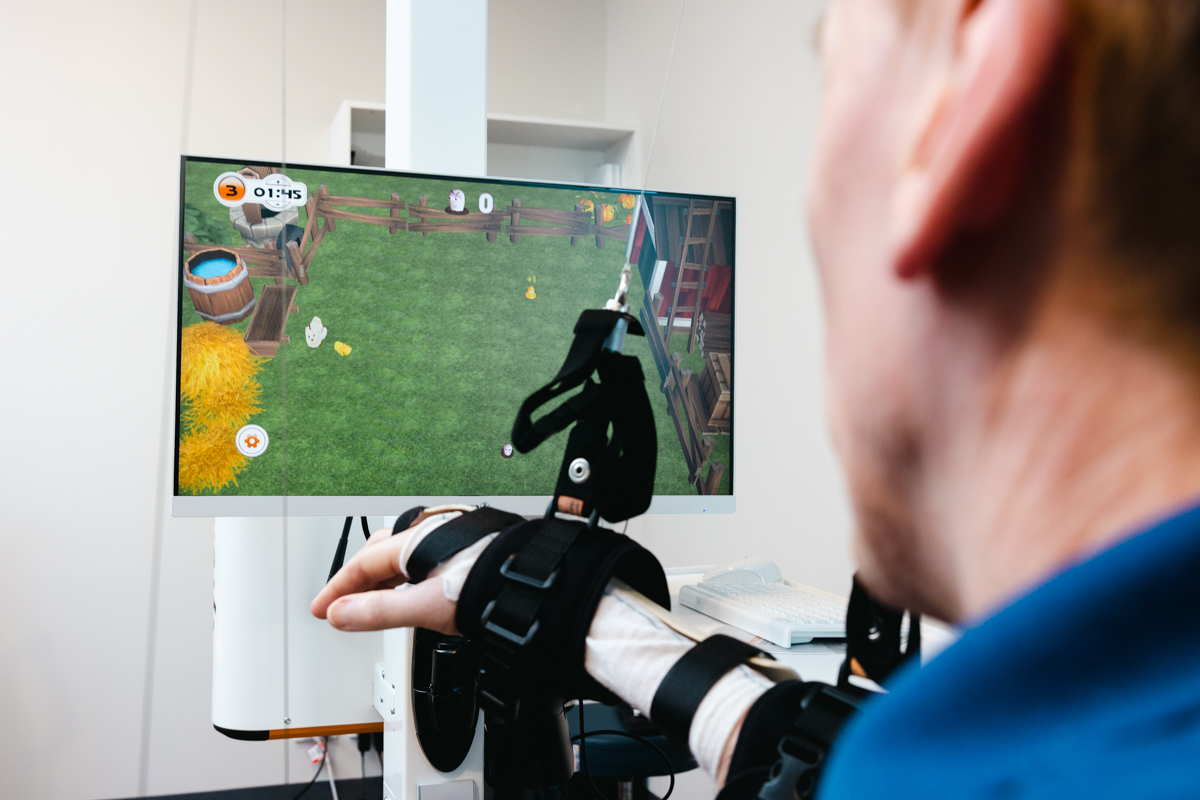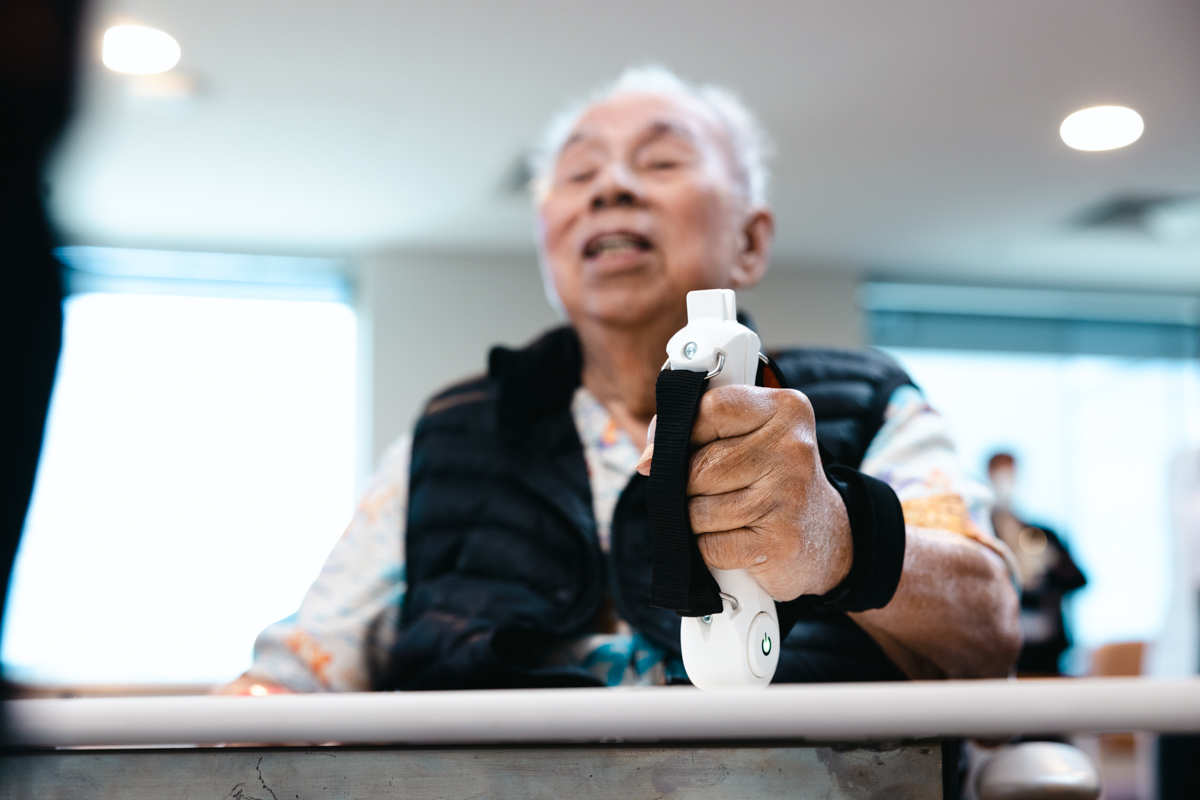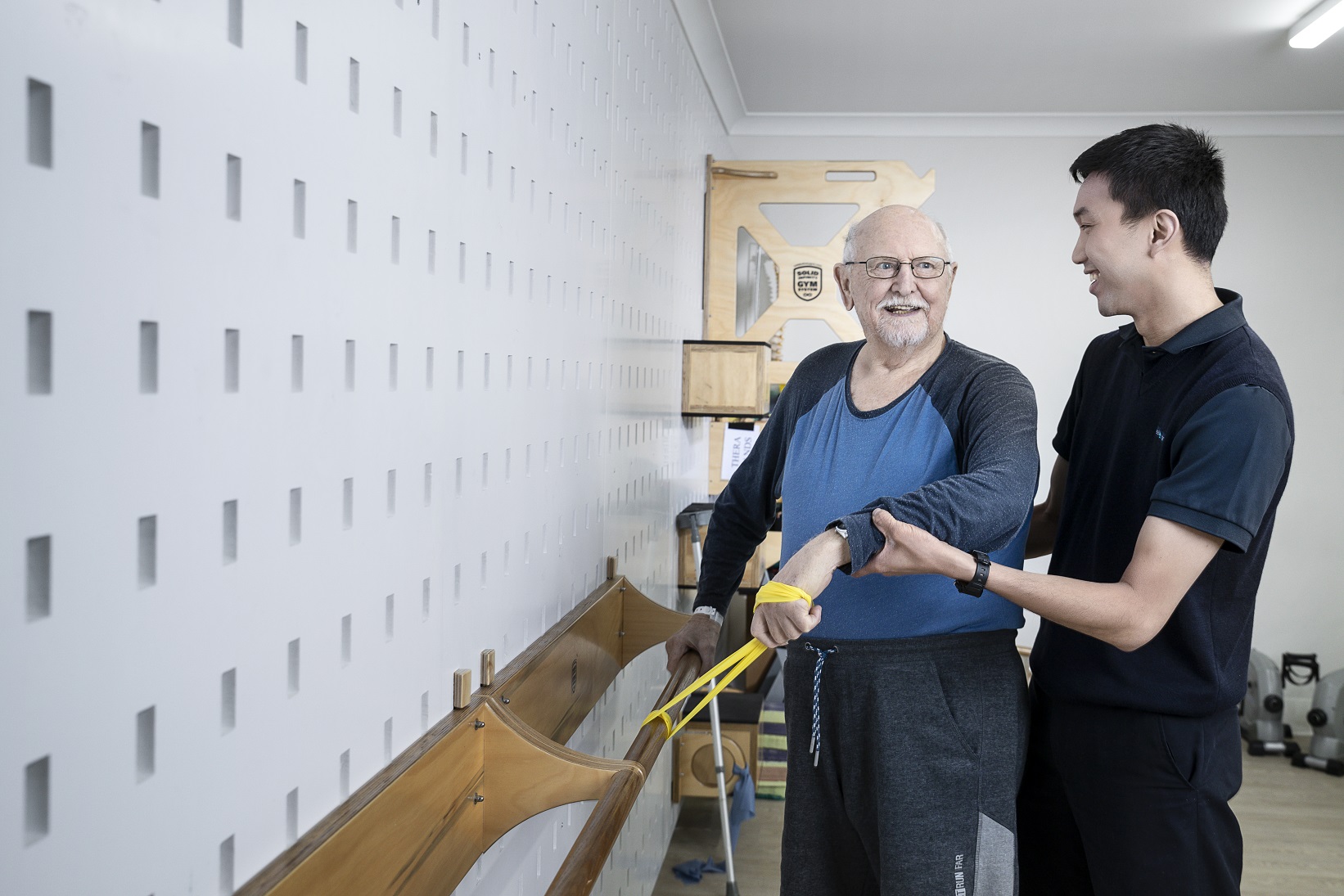
Author
Summary
What is robotic-assisted rehabilitation?
Robotic-assisted rehabilitation is an emerging field of rehabilitation that has combines traditional physical rehabilitation therapies (including physiotherapy and occupational therapy) with the use of robotics and technology. Robotic-assisted rehabilitation integrates machines with technology to help improve and advance physical rehabilitation for people who have suffered from various conditions resulting from accident, illness or surgery.
How does robotic-assisted rehabilitation work?
Robotic rehabilitation machines assist therapists to enhance the patient's rehabilitation journey. The machines assist the patients to carry out their rehab tasks (i.e. help the patient to move their weak limbs).
What conditions does robotic rehabilitation help with?
Robotic-assisted rehabilitation can help with (but not limited to); stroke, Parkinson’s disease, multiple sclerosis, fractures, orthopaedic surgeries, traumatic brain injuries, spinal cord injuries and many more conditions. Recent research suggests that robotics can improve upper limb motor function and muscle strength after stroke.
The different types of robotic rehabilitation machines
Various machines have been developed by different companies to help speed up and advance the rehab of people suffering from different conditions.
Different machines utilise different technologies. We have now purchased at Robina Private Hospital to assist our patients with their rehabilitation – Diego and Pablo.
